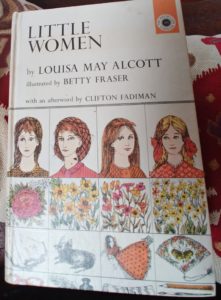

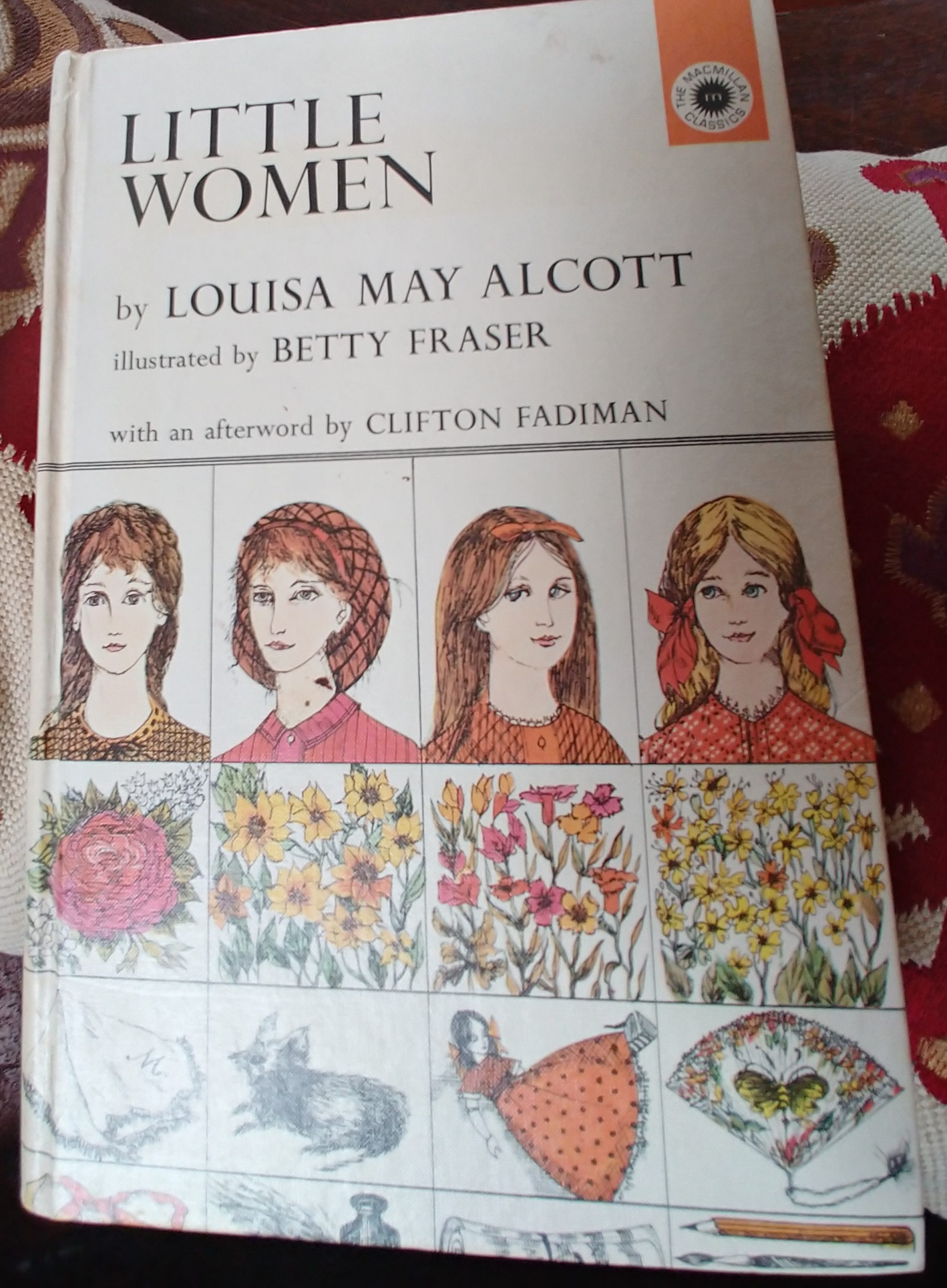
RITA ® Award-Winning Author of Fantasy Romance



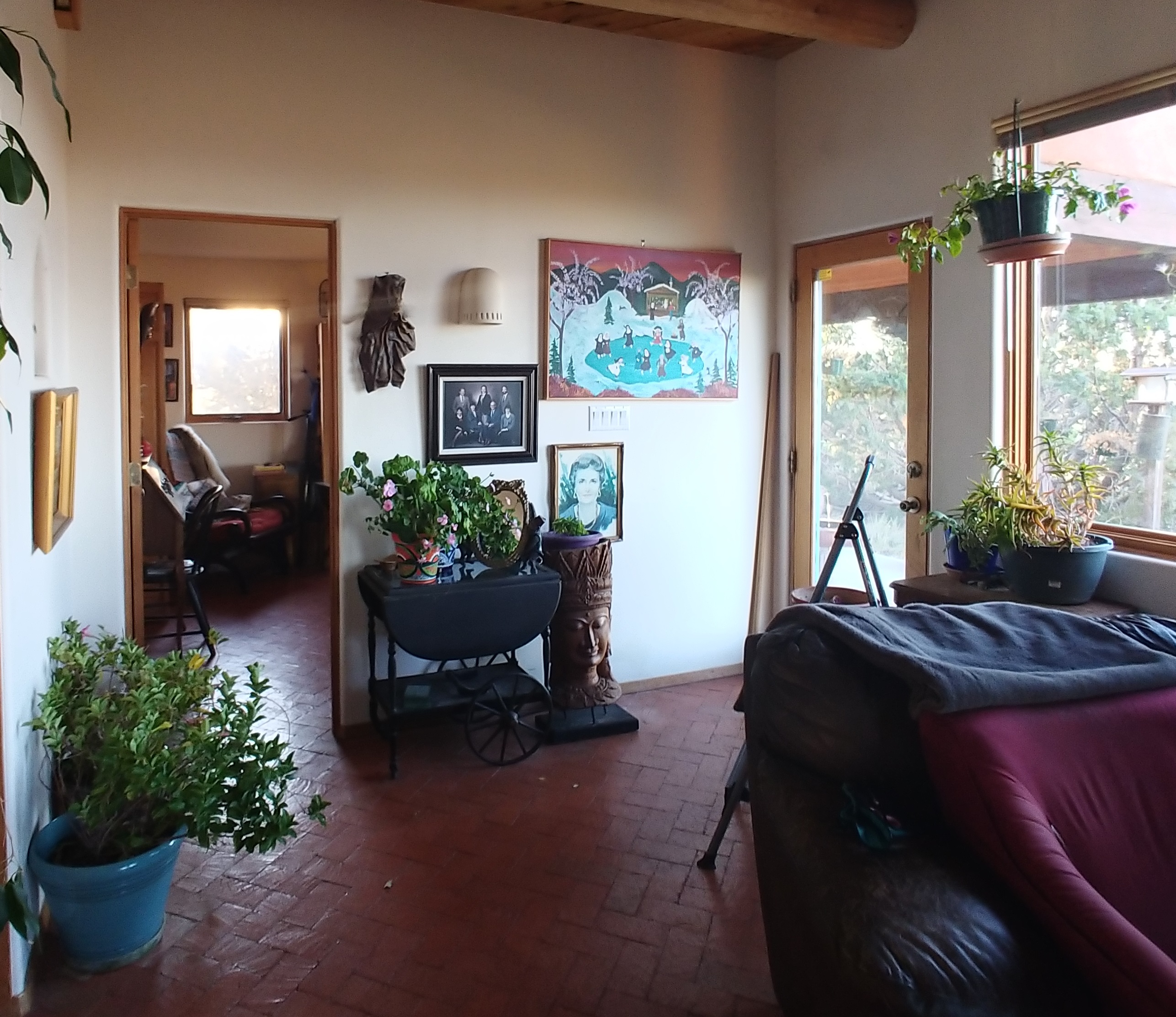

We’re to have a hard freeze Thursday night – our first freezing temps of the autumn – so I’ve started bringing in the house plants from the patio. It’s always a glut of blooms, fallen leaves, and much shuffling of saucers and ideal locations. This, more than anything else, is the first sign of fall for me.
I’ve been working on THE FATE OF THE TALA, and talking a lot about that process on my podcast, First Cup of Coffee. If you want an (almost) daily insight into my process, that’s the place to listen in. As an overview, however, I’ve been talking about beginnings and how to decide where to start a story. This isn’t an easy decision or process. For example, I’m on my fourth opening in FATE – and I think this one will stick. It takes a lot of trial and error to find where the story truly begins, and what counts as preceding events that will be woven in as backstory.
The thing is, newer writers don’t always realize how much effort goes into finding this sweet spot, because we mostly see only the finished product.
I realized this truth (yet again) the other day when I was helping a friend – a not-yet-published writer – with her book. The beginning simply wasn’t working, for a number of reasons. I gave her some specific advice to improve beginnings in general. (In particular, I pointed her to this Twitter thread by Mary Robinette Kowal that really lit me up – all stuff I knew, but framed in a way that I found super helpful.) I also pointed her to a book opening in the same genre by another author friend, pointing out how that person set up the character, world and genre.
The aspiring author came back with a mix of admiration, envy, and despair – agreeing that the (very accomplished) author’s opening was amazing. And I realized that I need to clarify that this amazing and gorgeously executed beginning was the result of easily six months of effort on the professional author’s part. Not only has she published many novels in the genre, but I happened to know she’d torn apart this beginning multiple times. Eventually she started with an entirely different POV character, which is when the story began to sing.
So, it’s important to remember, when looking at examples to follow, that published work has been through countless rounds of revision, editing, and more revisions. Finding the best place to start a story, and writing it well, is possible – but it also takes time, effort, and patient revision.
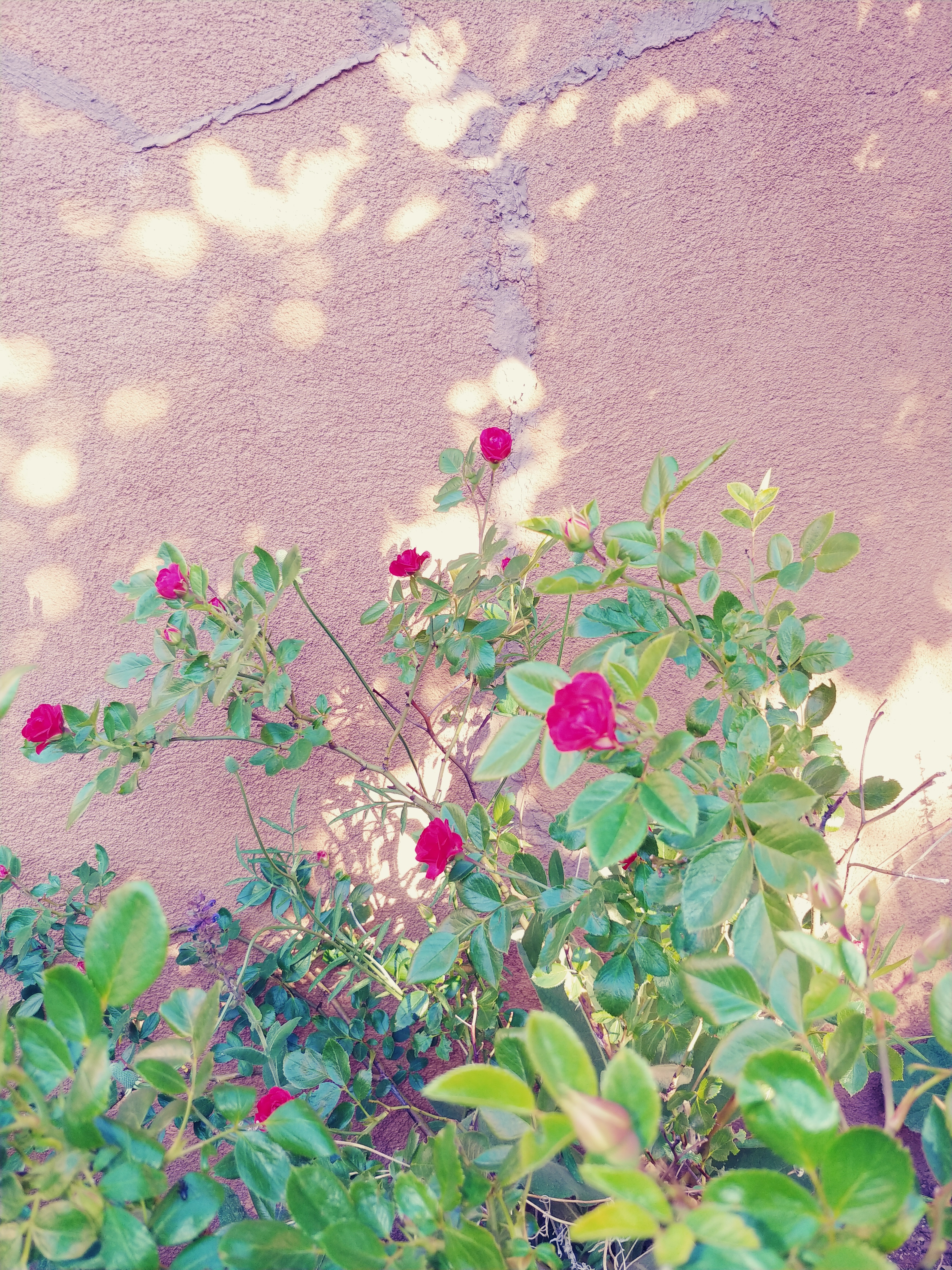
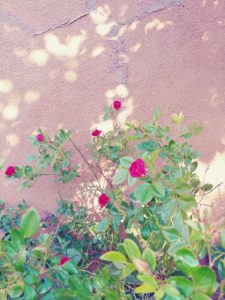
I talked a bit about this on Twitter, and on my podcast – First Cup of Coffee – but I said I’d loop back and discuss on the blog in more detail.
I admit it started with a subtweet. A few blogger/reviewers were posting about authors who were publicly shaming readers who gave them poor reviews. The tenor of the authors’ complaints were that the bad reviews were harshing their (or their friend’s) release day buzz. Which… that’s a whole other thing, but the TL:DR is that nobody owes an author a sparkle pony on release day. The operative word there is RELEASE. That means letting the book go, to sink or swim in the world. It no longer belongs to the author. Helicopter parenting it will only bring misery to the author and damage the book’s chances.
ANYWAY. This post isn’t about that.
What I subtweeted about was an author who weighed in on the thread with a “but, but, but” – #protip: don’t do this – “But, but, but,” she says, “I just wish readers would *explain* why they give it one-star, so I can learn from it!”
First of all, not only does nobody owe you a sparkle pony, no one owes an explanation for a rating. Readers can rate books whatever they like, for whatever reason they like, and they don’t have to explain. They’re not in a relationship with the author, so there’s no obligation to tend feelings. They’re not writing teachers. They read.
Secondly, reviews are not for the author to read. Even readers and reviewers who take the conceit of appearing to address the author, aren’t really. They’re engaging with the voice in the book. It’s really important for writers to remember we are not our books. One of the very interesting outcomes of the Burnout Panel (and How to Maybe Avoid It Next Time) at Nebula Conference was that one of the key conditions leading to burnout is a person over-identifying with their work. A book is something we create (and RELEASE) and how readers react to it is about *them*. When someone reviews a book, it’s for other readers. It’s not a job performance appraisal for the author.
Finally, reviews are a TERRIBLE place to look to improve craft because the lens is so different. The experience of reading a book is totally different from evaluating it with an editorial eye. As proof of this, I point to the near-universal author experience of discovering that reading for sheer pleasure gets lost. Somewhere in the transition from being a person who only reads books to someone who also writes them, we develop that critical lens for evaluating the story creation. And it becomes almost impossible to shut it off again. This is bad and good. There’s some grief in the realization that the experience of reading a story without examining it is lost forever. But it’s good because, well, we *need* that ability. Every book and story a writer reads is an education – what works for us, what doesn’t, how the writer created certain impacts, where they lost the thread, etc.
Because of this profound difference in reading experience, however, reviews from readers tell us nothing about the craft of the story. Maybe a writer can glean some insight from which stories seem most popular – but most writers also will note that they can never predict which stories will “hit” and which don’t. It’s almost never our personal favorites. It often seems counter-intuitive. Many writers will say that their very favorite of their own work is the least popular with readers. Is there a correlation?
WHO KNOWS???
That’s the thing, and that’s my point. There is no knowing, which means that scouring reviews for information on improving craft is fruitless.
You know what does work? Read a lot (books and stories, not reviews). Write a lot.
Read. Write. Repeat.


This week at the SFF Seven we’re talking about leveling up and what that means to us.
Actually, the topic is phrased as: People always say they want to take their writing to the next level. Well, what are the levels, as you see them?
It’s a really good question. Come on over for my answer.
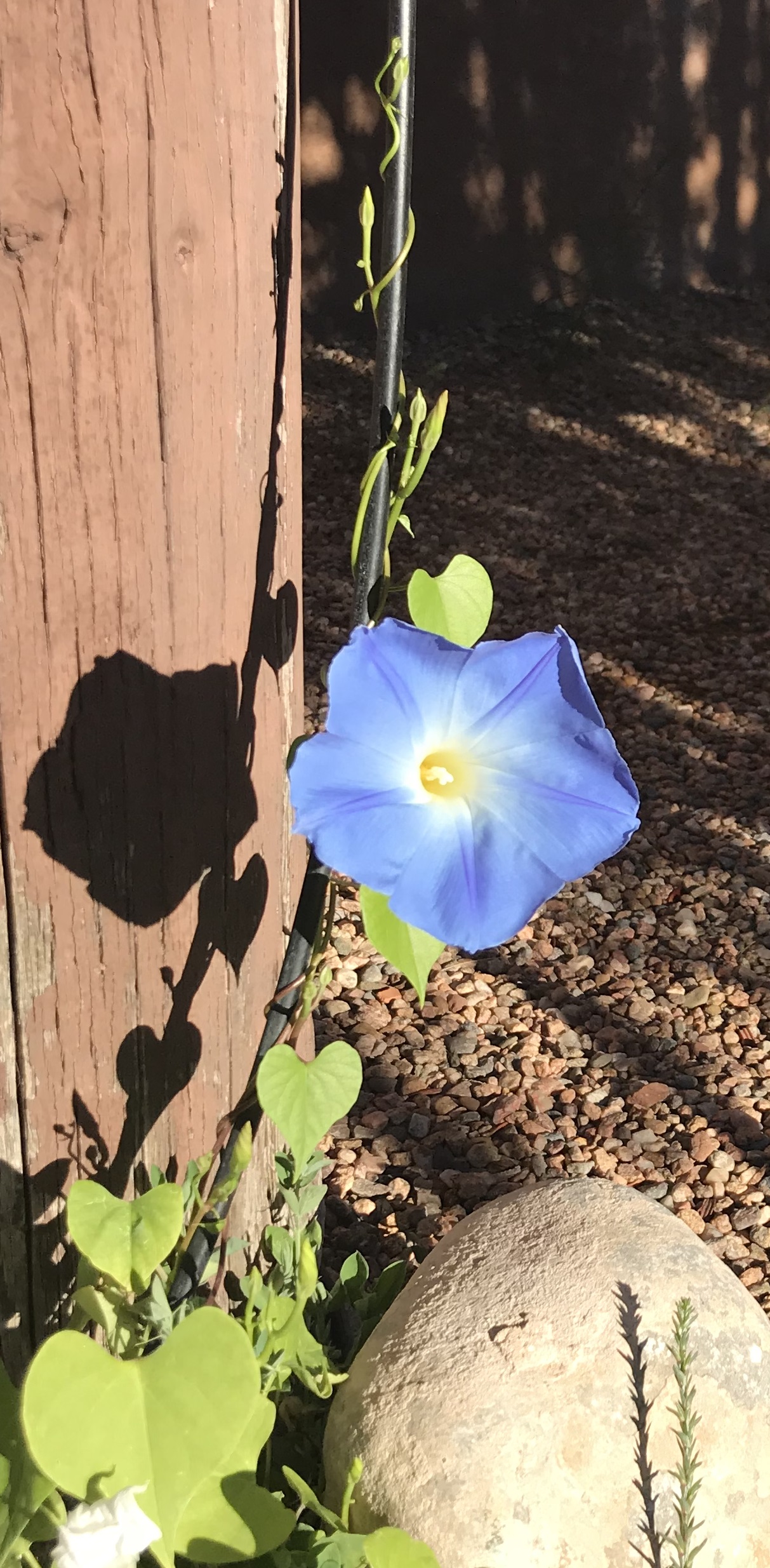
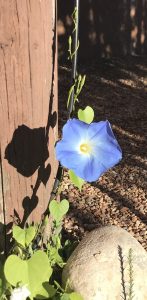
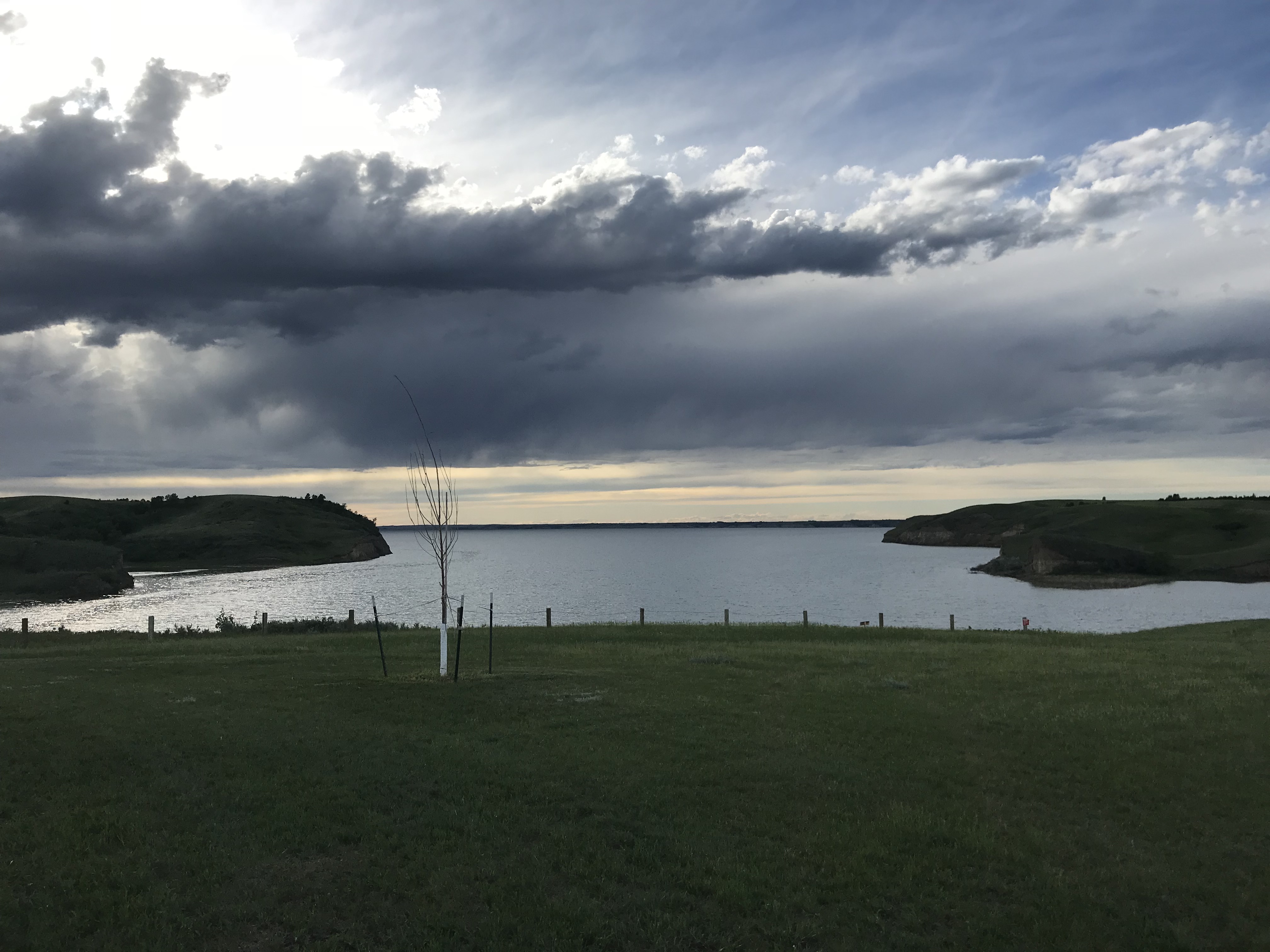

This is Lake Sakakawea, up in North Dakota. We just got back from a super long road trip to there from New Mexico to spend some time camping, boating and fishing with family.
This week at the SFF Seven we’re asking: How do you level up as a writer?
It’s a great question and I look forward to reading everyone else’s answers – but I’d like to address something else first. This question makes the basic assumption that all writers want to “level up” – or improve. And improving can mean a lot of things to different people. And first of all, you need to get your priorities straight.
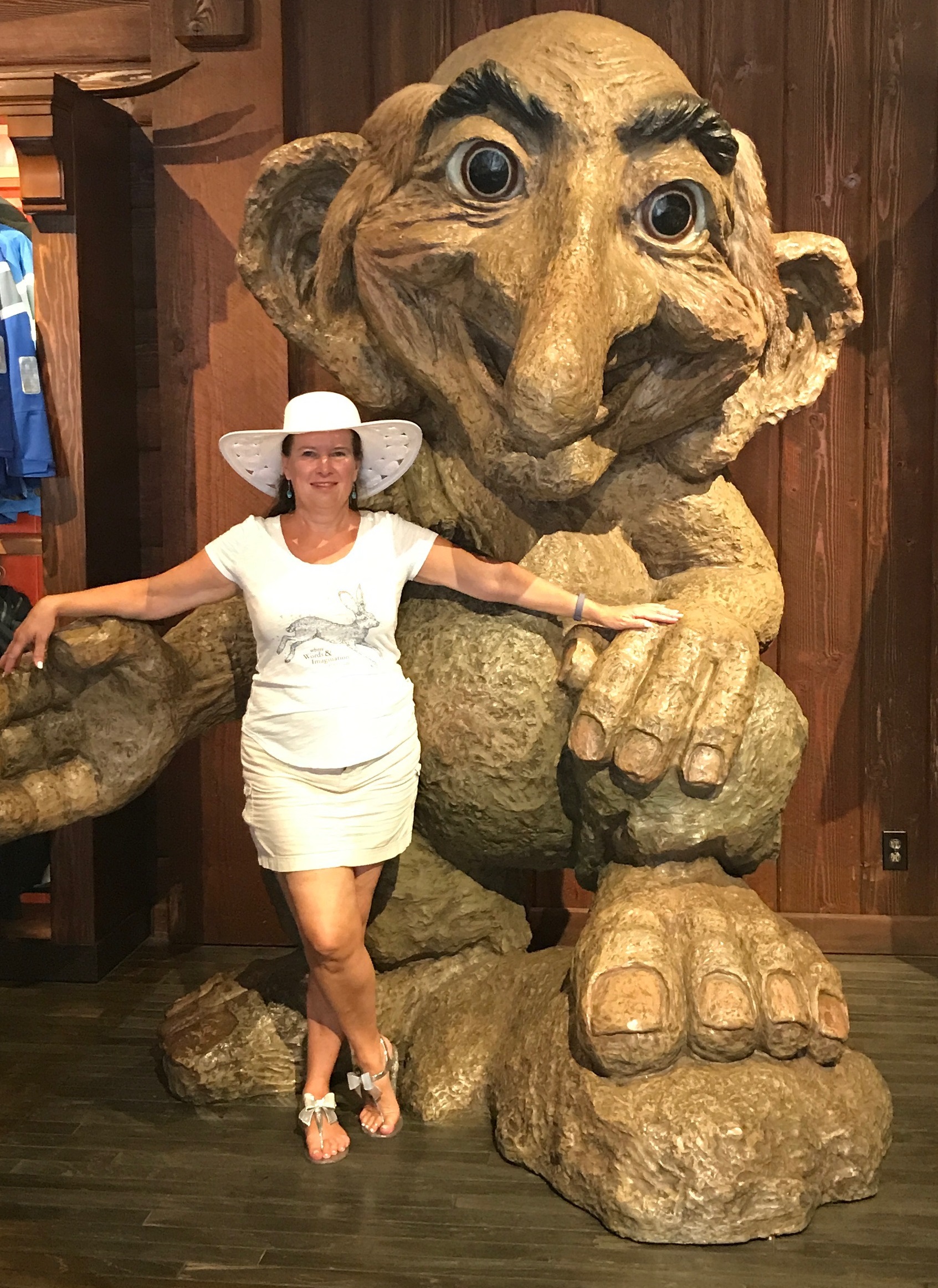
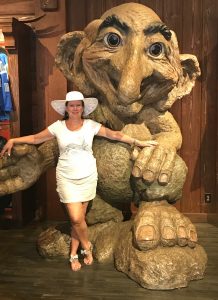
I dug out this photo from last summer – at Epcot Center after the RWA conference and me all shiny from winning the RITA® Award. Sometimes that still feels as fantastical as my troll friend here.
Our topic this week at the SFF Seven is one writing/publishing-related skill we want to learn/improve on this year. I’m looking for recommendations on which authors write really good endings. Come on over!
 I made a point of spending time out in the garden this weekend, which meant I did a lot of reading. It’s lovely to reconnect with my reading-self. I’m on my 31st book read this year, so I feel like I’m making progress there!
I made a point of spending time out in the garden this weekend, which meant I did a lot of reading. It’s lovely to reconnect with my reading-self. I’m on my 31st book read this year, so I feel like I’m making progress there!
Last Friday, I mentioned that I’m wading into drafting Book 2 of my Twelve Kingdoms trilogy. This is the one I think of as The Flower Princess – at least until Kensington lets me know what they want the titles to be. So, I’m wrestling with setting up the conditions for this book, one of which is a change in point of view (POV).
See, in Book 1, The Middle Princess, the story is told in 1st person, from the POV of the heroine – the middle daughter of three. I toyed with adding in the hero’s POV – and even wrote some passages along the way – but ended up taking them out entirely. In The Flower Princess, the story moves to the youngest daughter, so I’m writing it in 1st person, from her POV.
This is good and right and what I planned to do.
But I keep having *other* ideas. Like I want to cut away to the first princess’s POV – mainly because I miss her. And I’m struggling with working in the hero. It would be much easier to build the story by including his POV, maybe in little 3rd person snippets. It would be much easier to build the story by gathering in other characters’ POVs, too. I got all excited about these possibilities, to make my job easier – and then stopped myself.
Because I recalled that I recently read the second book in a Fantasy Romance series that my agent compared to mine. I’d loved the first book – 1st person heroine’s POV, too – and eagerly looked forward to the release of the second book. In the sequel, the author kept the heroine’s 1st person POV and added alternating chapter’s of the hero’s 3rd person POV. Now I understood why she’d made that choice, because I was in the same position.
However – and this is a big caveat – as a reader, I hated it. It could be a “just me” thing, but I ended up not enjoying the sequel nearly as much. I’ve read other books that combine 1st and 3rd like that and I haven’t really liked them either. The thing is, even if this IS a “just me” thing, I need to be true to my own aesthetic. If I disliked it as a reader, it’s not fair for me to use the device as a writer, simply because it will make my job easier. If it would make the story better, then sure. My reading experience, though, leads me to believe it would not make the story better. Just less work.
The whole thought process – a lot of which occurred in the walled garden above – made me think of sestinas.
Exactly where you were going, too? Thought so!
Okay, okay – if you don’t know, a sestina is a complex poetic form. The official definition:
a structured 39-line poetic form consisting of six stanzas of six lines each, followed by a three-line stanza… The words that end each line of the first stanza are used as line endings in each of the following stanzas, rotated in a set pattern.
Did you get that?Here’s a little schematic to help you out.
Okay, now go write one and come back.
I’ll wait.
Yeah, it’s kind of like calculus for poets.
And yes, I’ve written them, back in some level of schooling. They make an interesting exercise for a writer because the discipline involved. It makes you think hard about your craft. Words can’t be employed willy-nilly, but must be carefully selected and repeated.
It occurred to me that making myself stick to the form I’d chosen for The Middle Princess, would create a kind of story-writing discipline for The Flower Princess. It will make me work harder to build the story staying only in her POV. It’s good for me to hone my craft.
And I can always edit in more POVs later, if it doesn’t work.
The beauty of the first draft, eh?
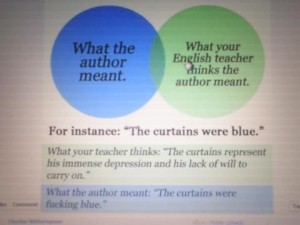 I’m over at Word Whores today, talking about tricks for setting the mood in a story.
I’m over at Word Whores today, talking about tricks for setting the mood in a story.